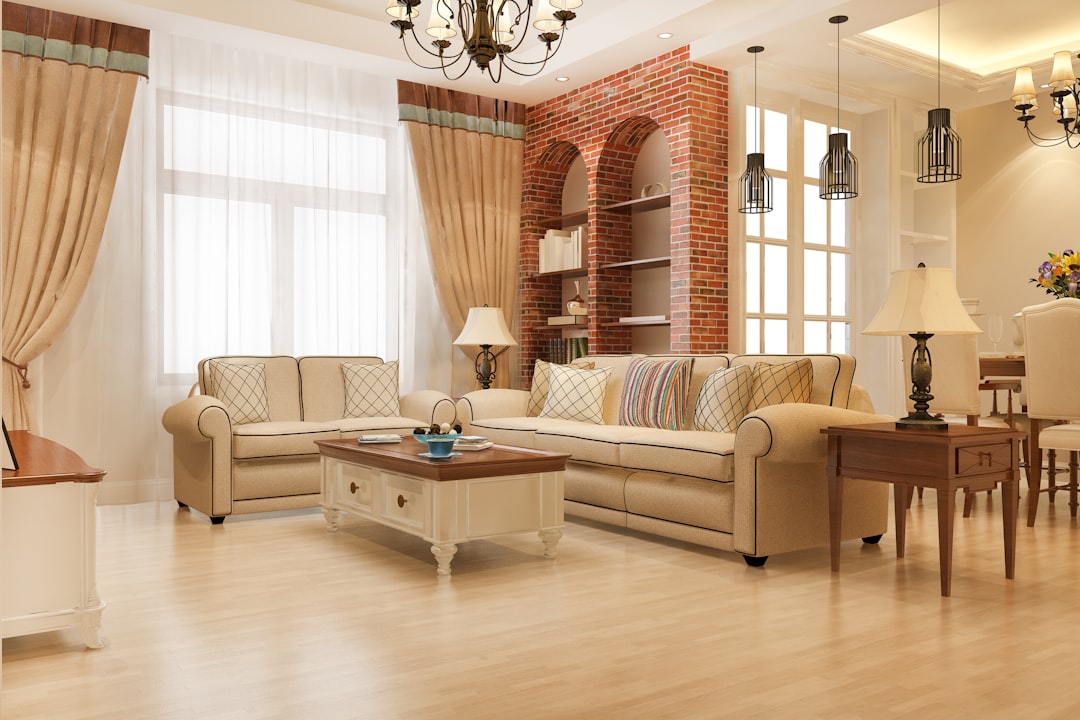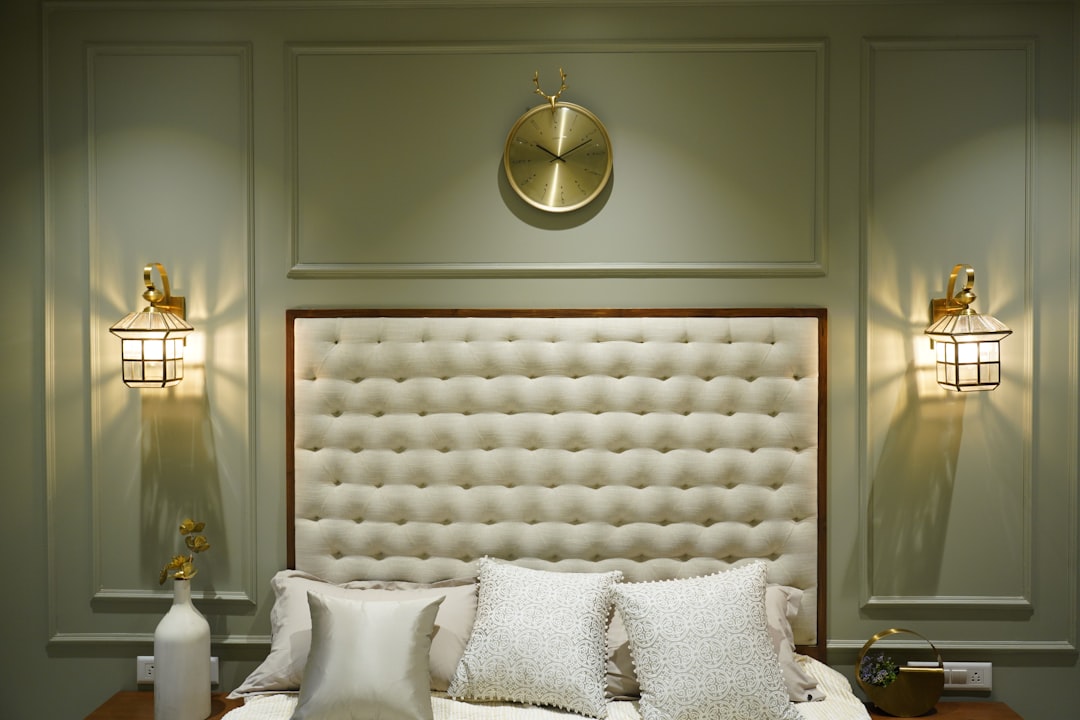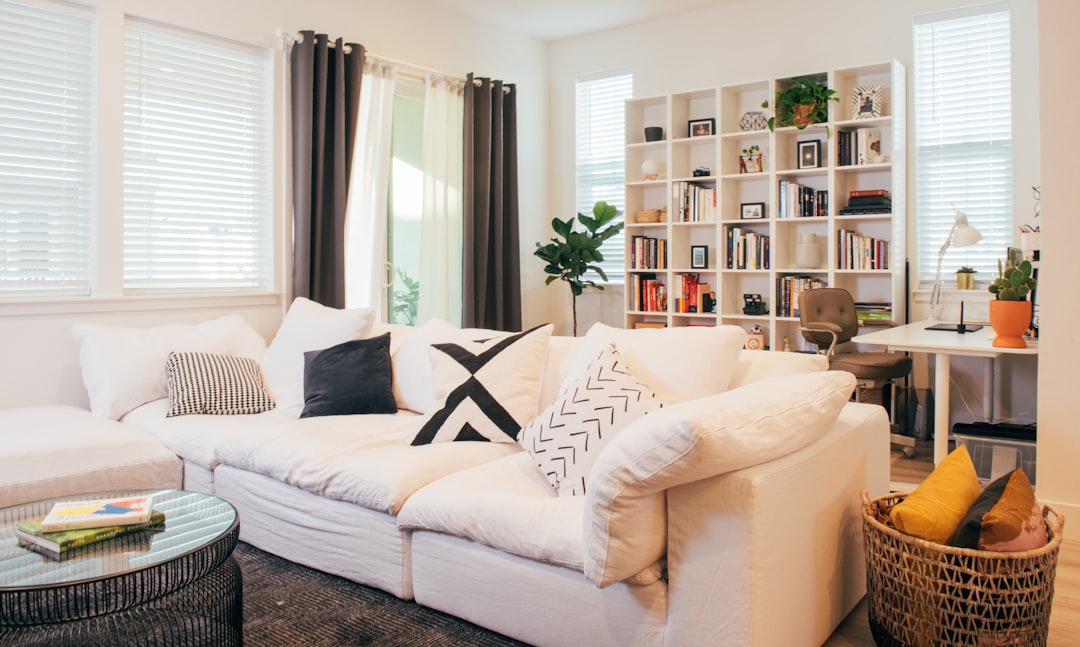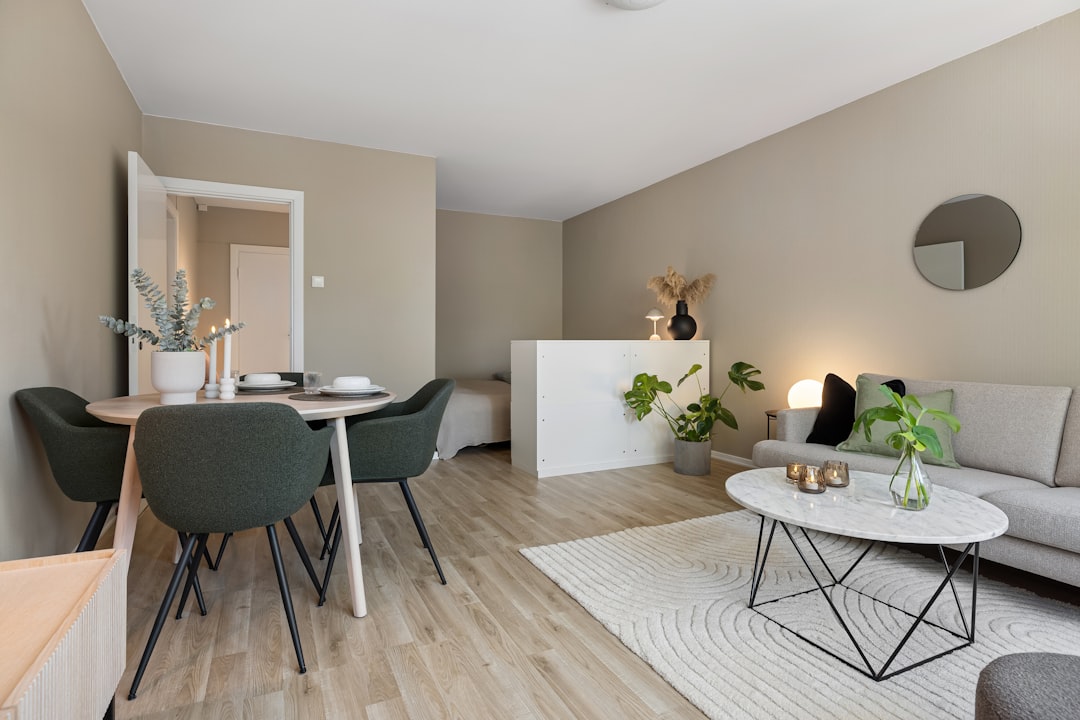How to Mix Vintage and Modern Decor: The Ultimate Guide for Timeless Interiors
Estimated reading time: 9 minutes
Key Takeaways
- Use the 80/20 rule by balancing 80% modern with 20% vintage for a polished and inviting look.
- Choose a cohesive color palette of 2–3 dominant shades to unify past and present styles.
- Layer contrasting textures and materials like sleek metal with distressed wood to add depth.
- Integrate vintage pieces that serve practical functions alongside modern furnishings.
- Curate accessories thoughtfully to complement without overcrowding.
- Apply room-specific tips for blending eras in living rooms, kitchens, bedrooms, and bathrooms.
- Mixing vintage with modern supports sustainability through upcycling and longevity.
Table of Contents
- 1. The 80/20 Rule: Finding the Right Ratio of Modern to Vintage
- 2. Color Palettes That Tie Past and Present Together
- 3. Playing with Textures and Materials: The Secret to a Rich, Layered Look
- 4. Functional Charm: Vintage Finds That Work Today
- 5. Accessories That Complete the Look
- 6. Room-by-Room Ideas for Blending Vintage and Modern
- 7. The Sustainability Perks of Blending Old and New
- 8. Tried-and-True Tips from Interior Design Experts
- Conclusion: Designing a Home That Honors Both History and Modernity
1. The 80/20 Rule: Finding the Right Ratio of Modern to Vintage
Balancing eras is key to harmonious interiors. The 80/20 rule means 80% of your space is modern, while 20% includes vintage accents.
This rule:
- Prevents vintage elements from overwhelming the room or feeling outdated.
- Allows vintage pieces to shine as intentional design highlights.
- Provides a clean, modern foundation infused with warmth and personality.
For example, start with a modern sectional and minimalist coffee table, then add a vintage leather armchair or a hand-knotted rug. Disperse vintage items by function or color for a curated, cohesive space.
Learn more on the 80/20 modern-vintage balance.
2. Color Palettes That Tie Past and Present Together
Color acts as the visual thread that harmonizes contrasting styles.
Effective color strategies include:
- Limiting your palette to 2–3 dominant shades such as warm neutrals (cream, taupe) or rich jewel tones like deep navy, maroon, and emerald green.
- Repeating these shades across walls, upholstery, accessories, and accents for cohesion.
- Using light neutrals for grounding, with bold hues reserved as focal points.
Imagine navy walls setting a serene backdrop, a vintage velvet chair paired with a sleek modern table, and emerald throws plus maroon pillows tying it all together visually.
Add vintage art or retro lighting in your accent colors for extra flair. Explore more on color in vintage-modern design.
3. Playing with Textures and Materials: The Secret to a Rich, Layered Look
Mixing textures—smooth with rough, glossy with aged—creates visual interest and warmth beyond pure minimalism.
Try these approaches:
- Contrast sleek glass, chrome, or lacquered finishes with distressed woods, aged leather, and woven textiles.
- Layer tactile elements like soft linen pillows on an aged leather chair or a wool throw on a streamlined sofa.
- Combine modern metal accents like matte black or stainless steel with warm brass or copper details.
- Anchor the room with a vintage area rug—Persian, Turkish, or Moroccan styles work well, standalone or layered over simple neutrals.
For instance, a polished glass coffee table set atop a weathered wood bench and textured vintage rug creates instant character and contrast.
Discover more layering ideas at House and Harmony’s guide.
4. Functional Charm: Vintage Finds That Work Today
Vintage doesn’t have to be fragile or purely decorative. Many pieces blend function and character beautifully.
Examples include:
- Retro-style refrigerators with bold 1950s flair.
- Chic nostalgic small appliances—mixers, toasters, microwaves from SMEG or Nostalgia brands.
- Antique brass cabinet pulls and hardware for elevated cabinetry.
- Durable farmhouse sinks, reclaimed wood stools, and patterned vintage tiles adding history and utility.
Use these sparingly to add soul without compromising functionality. Let vintage appliances serve as subtle focal points rather than dominating elements.
See functional vintage-modern pairing inspiration at KS Renovation Group.
5. Accessories That Complete the Look
Accessories are the punctuation marks of your design story. They clarify tone, add contrast, and bring spaces to life.
For an effective mix:
- Mix eras with similar functions—vintage mirrors paired above modern consoles.
- Combine antique trinkets and vintage books with minimalist art and modern light fixtures.
- Use color to guide your groupings and avoid visual chaos.
- Edit thoughtfully—embrace negative space. Less is always more.
A gilded mirror can shine more brightly when set against clean-lined furniture—the goal is complementary contrast, not exact matching.
Find designer-approved advice at Intown Magazine.
6. Room-by-Room Ideas for Blending Vintage and Modern
Living Room: Amp Up the Character with Statement Pieces
- Begin with a modern emerald or navy sofa as your foundation.
- Add a worn leather vintage chair or plush velvet loveseat.
- Anchor with a patterned Persian or Turkish rug for warmth.
- Incorporate brass or deco-inspired lighting for timeless appeal.
- Keep functional pieces like side tables sleek and understated.
See more curated common area ideas at Hommes Studio.
Kitchen: A Retro-tinged Culinary Sanctuary
- Pair flat-front matte cabinets with bold vintage appliances.
- Use reclaimed wood stools or antique shelving alongside streamlined counters.
- Add charm through vintage glassware, tilework, and brass fixtures.
Balance charm with cleanliness in a kitchen inviting yet efficient. Learn more at KS Renovation Group.
Bedroom: Where Comfort and Character Meet
- Start with a simple modern bed frame.
- Add a retro headboard or antique nightstands for warmth.
- Layer luxe textiles like velvet throws and richly colored area rugs.
- Include vintage lighting and unique hardware on drawers.
Create a restful, romantic, and timeless bedroom. Find vintage rug inspiration at DHgate Smart.
Bathroom: Blend Serenity with Old-World Charm
- Use antique mirrors, brass faucets, or clawfoot tubs to soften minimalism.
- Introduce patinated metals or vintage tilework for subtle nostalgia.
- Balance with streamlined vanities and clean lighting.
Transform utilitarian bathrooms into curated, relaxing retreats.
7. The Sustainability Perks of Blending Old and New
Mixing vintage with modern isn’t only stylish—it’s environmentally responsible.
Advantages include:
- Reducing reliance on fast furniture and minimizing waste.
- Utilizing vintage pieces built to last, cutting need for frequent replacement.
- Celebrating craftsmanship through upcycling and quality over quantity.
Your decor can showcase eco-conscious values as well as style. Read more about how the 80/20 rule supports sustainability.
8. Tried-and-True Tips from Interior Design Experts
Experts recommend keeping these principles in mind as you blend styles:
- Balance texture and tone; smooth should meet distressed, and sleek contrasts rugged.
- Curate by color or function, not by era, to maintain intention.
- Allow space for standout pieces instead of overcrowding.
- Choose statement lighting, such as vintage chandeliers or mid-century pendants.
- Experiment with layering patterns in rugs, pillows, and textiles.
- Focus on quality pieces that offer longevity.
- Stick to a palette to achieve a polished, cohesive atmosphere.
- Don’t hesitate to mix metals like brass, blackened steel, and chrome.
Following these expert tips helps your space gracefully span generations. Get more advice from KS Renovation Group.
Conclusion: Designing a Home That Honors Both History and Modernity
Blending vintage and modern is a way to tell your personal design story.
By embracing the 80/20 balance, selecting a cohesive color palette, layering textures, and thoughtfully incorporating functional antiques, you create interiors that feel grounded, fresh, and intentional.
Room by room, your home will reflect not only beauty but also sustainability and deeper meaning.
Ready to begin? Browse our curated collection of vintage-modern furniture and decor at SelectFurnitureStore and start your design journey today.
FAQ
What is the recommended ratio for mixing vintage and modern decor?
The widely suggested ratio is the 80/20 rule: 80% modern elements complemented by 20% vintage touches. This balance helps maintain a fresh overall look while highlighting vintage character without clutter.
How can I choose a color palette that works for both vintage and modern styles?
Stick to 2–3 dominant shades that are timeless, such as warm neutrals or rich jewel tones like navy, maroon, or emerald green. Repeat these colors across textiles, walls, and accessories to create cohesion between the styles.
Are vintage pieces functional or purely decorative?
Many vintage items are both functional and stylish. Examples include retro appliances, farmhouse sinks, antique hardware, and sturdy reclaimed furniture. Used thoughtfully, they add charm without sacrificing utility.
How do I avoid a cluttered look when mixing styles?
Focus on editing your accessories and furniture with intention. Group vintage items by color or function, allow plenty of negative space, and highlight statement pieces rather than filling every surface.
What are the sustainability benefits of mixing vintage and modern decor?
Using vintage pieces supports eco-friendly design by reducing waste, avoiding fast furniture consumption, preserving craftsmanship, and promoting longevity. This approach helps foster a sustainable lifestyle through thoughtful decor choices.







